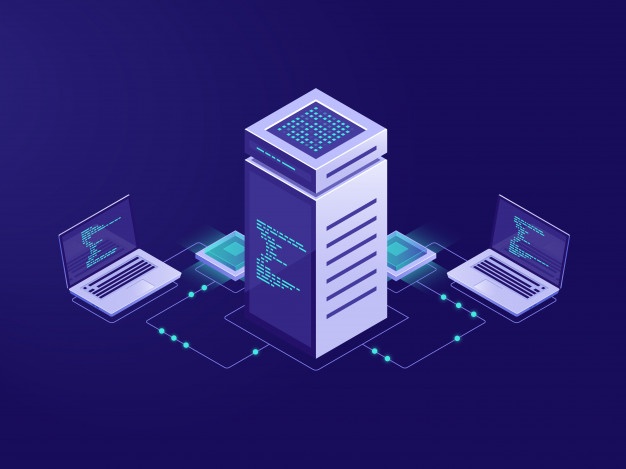Load balancing is defined as to efficiently dispensing incoming network traffic over a set of backend servers, also known as a server farm and server pool. Load Balancer network dispenses server loads across multiple resources — most frequently across numerous servers. The technique aims to decrease response time, expand throughput, and speed things up for every end user.
Modern high end traffic websites must serve hundreds and thousands, incase not millions, of parallel requests from users or clients and return the right text, video, images, or application data, all in a quick and reliable form. Cost effectively scales and to meet these high volumes, modern computing best practice typically requires adding more servers.
A load balancer network acts as the “traffic police” sitting right in front of the servers and routing client requests across all servers capable of attaining those appeal in a manner that escalates speed and capacity utilization and ensures that no one server is overworked, which could devalue performance. Even if a single server goes down; the load balancer diverts the traffic to remaining online servers. When a replacement server is added to the server group, the load balancer automatically starts to send requests thereto.
Loads are broken up based on a set of preset metrics, such as by geographical location, or by the number of concurrent site visitors.
Members of a group — such as people settled Europe may be directed to a server within Europe, while members of another group take, for instance, North Americans may be directed to another server, closer to them.
This way, a global load balancer performs the next functions:
- Disseminate client requests and network load efficiently across numerous servers.
- Promises high availability and accuracy by sending requests only to servers that are online.
- Provides the pliability to feature or subtract servers as demand dictates.
- The best load balancers can hold session persistence as required.
- Another use case for session tenacity is when problematic server stores information requested by a user in its cache to boost performance.
- Switching servers would cause that information to be fetched for the second time, building performance incapability.
Advantages
- Fairly easy to implement for experienced network administrators.
- Reduction in the need to implement session switchover, as users are only sent to other servers if one goes offline.
- Load balancers are in charge of detecting offline servers, providing faster request-failover than round-robin DNS-based load balancing.
Disadvantages
- Tough to set up for network administrators who are layman to sticky sessions.
- Problems can be tough to diagnose.
- The load-balancer must be self-reliant, or it becomes a point of failure that will take down an entire cluster.
- Won’t provide global load-balancing.
Hardware v/s Software Load Balancing
Load balancer generally comes in two variants: hardware based load balancers and software based load balancers. Traders of hardware based solutions load proprietary software onto the machine they give, which often uses specialized processors. To manage the increasing traffic on your website, you have to buy more or bigger machines from the sellers. Software solutions typically run-on commodity hardware, making them less expensive and more flexible.
Load balancer network ensure reliability, accessibility and availability by monitoring the health of applications and only sending requests to servers and applications that can respond in a timely manner, helps you maximize customer satisfaction.



